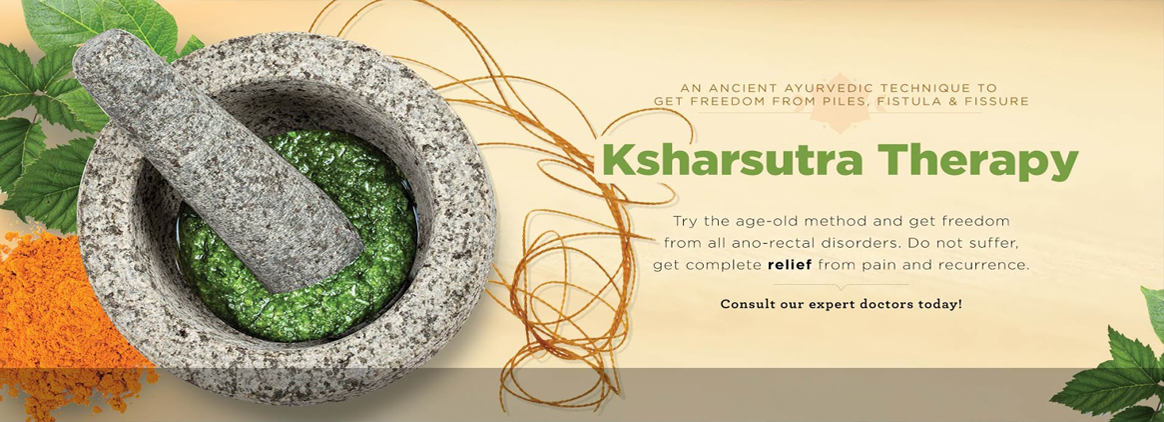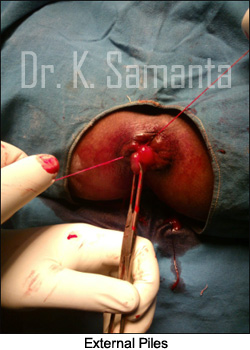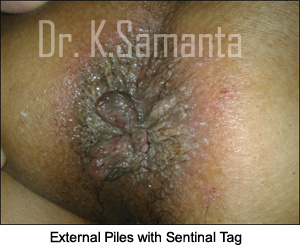|
||||||||
|---|---|---|---|---|---|---|---|---|
|
||||||||
 |
||||||||
2) Grade II: Grade II piles are larger than grade I piles, but also remain inside the anus. They may get pushed out during the passing of stool, but they will return unaided. 3) Grade III: These are also known as prolapsed hemorrhoids, and appear outside the anus. The individual may feel them hanging from the rectum, but they can be easily re-inserted. 4) Grade IV: These cannot be pushed back in and need treatment. They are large and remain outside of the anus. Best Treatment for Piles : What are the Types of Hemorrhoids? Hemorrhoids can be of two types and are classified as external or internal. External Hemorrhoids occur on the outside edge of the anus. They are often painful. They are dilated veins forming swellings at the outer side of the external sphincter are known as external piles or perianal hematoma. Internal hemorrhoids - are much more common that external hemorrhoids. Internal are dilated veins beneath the mucous membrane and occur 2 to 4 cm above the opening of the anus within the anal sphincter. They are above a line called the dentate line in the anus. They are usually painless because there are few pain-sensing nerves in the rectum. Bleeding may be the only sign of internal piles.
Grade 1 - Hemorrhoids are small swellings inside the lining of the anus. They are not visible externally. They may bleed but do not protrude through the anus. Grade 2 - Hemorrhoids are larger than Grade 1 hemorrhoids. They extend inside the anus and may get pushed out when passing a stool, but soon return back inside the anus. Grade 3 - Hemorrhoids are often called 'prolapsed hemorrhoids’. They appear outside the anus and can be pushed back on pressing with the finger. Grade 4 - Hemorrhoids cannot be pushed back and remain outside the anus all the time. They are large and generally require a surgical treatment for their correction. What are the Causes of Hemorrhoids? Hemorrhoids commonly occur due to weakness of the tissues that support the blood vessels in the anal region and are commonly associated with the following :
|
|---|
| Home Kshar Sutra Piles Fistula Fissure Contact Us |
|---|
| Site Powered By : www.calcuttayellowpages.com |

 Piles are mainly 2 types .
Piles are mainly 2 types . Internal hemorrhoids are classified into four grades :
Internal hemorrhoids are classified into four grades :